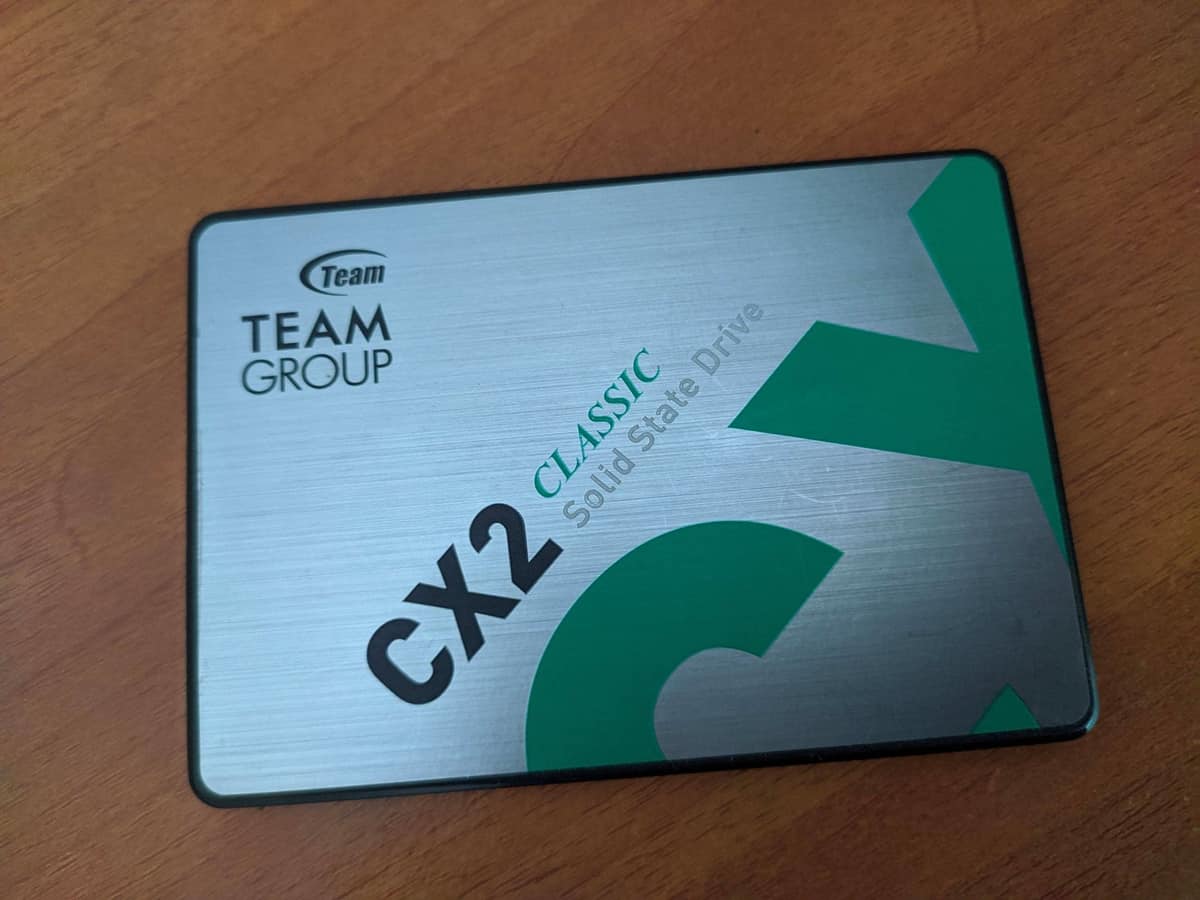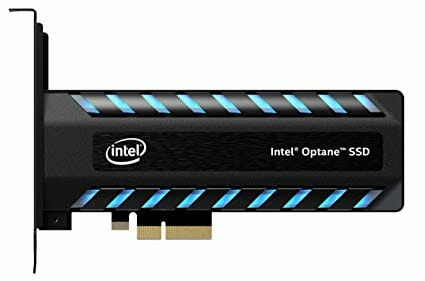The Ultimate Guide to Solid-State Drive (SSD) Types
When it comes to computer storage, there are two main types: HDD (hard disk drive) and SSD (solid state drive). Nowadays, SSDs are the preferred choice for many because of their superior performance compared to HDDs.
SSDs are faster, more durable, use less power, and operate quietly. You can find different types of SSDs in the market, and they differ in shape and size. To help you choose the right one, here’s a breakdown of the most common types of SSDs:
1. SATA SSD

SATA SSDs are the most common type. They use the same SATA interface found in traditional hard drives, which means they’re compatible with most desktop PCs and laptops.
Installing a SATA SSD is quite easy since most motherboards already have the right connectors. Because they fit into the same slot as HDDs, SATA SSDs are often used as direct replacements.
While they’re much faster than HDDs, SATA SSDs still have a speed cap of around 550 MB/s. This is good enough for everyday use, but if you do a lot of gaming or video editing, the speed might feel a bit limited.
2. M.2 SATA SSD

This one is a smaller and slimmer version of the regular SATA SSD. As the name suggests, it uses an M.2 slot but still runs on the SATA protocol.
M.2 SATA SSDs are commonly found in ultrabooks and thin laptops because they take up less space and are lighter. Even though they’re more compact, their speed is about the same as regular SATA SSDs, around 550 MB/s.
There are two main sizes:
- 22 mm x 80 mm (single-sided) , a bit slimmer with slightly less capacity
- 22 mm x 60 mm (double-sided) , usually has more storage space
3. M.2 NVMe SSD

NVMe, short for Non-Volatile Memory Express, is a protocol designed specifically for SSDs by companies like Intel, Samsung, SanDisk, Dell, and Seagate.
Unlike SATA, NVMe lets the SSD communicate directly with the computer through a PCIe (Peripheral Component Interconnect Express) interface, which is much faster.
Because of this, M.2 NVMe SSDs deliver better performance compared to the previous types. Thanks to the PCIe interface and NVMe protocol, these SSDs can reach transfer speeds of up to 3500 MB/s or even more.
They’re perfect for demanding tasks like gaming with high graphics settings, editing 4K or higher resolution videos, rendering animations, and other heavy-duty work that needs top speed and performance.
4. PCIe SSD

PCIe SSDs also use the PCIe interface, but they connect directly to a PCIe slot on your motherboard, just like a graphics card. They offer performance that’s on par with, or sometimes even better than, M.2 NVMe SSDs.
However, PCIe SSDs are usually bigger in size, which makes them less suitable for slim laptops or ultrabooks. They’re more commonly used in desktop PCs, workstations, or servers where space and performance are priorities.
If you need large storage with super-fast speed for professional or heavy use, a PCIe SSD could be a great option.
5. External SSD

External SSDs are a great choice for people who need fast and portable storage. They connect via USB-C or USB-A ports, making them very practical for those who often work on the go or travel a lot.
Not only are they easy to carry around, but they’re also more durable than traditional external hard drives. They can handle shocks better, and their transfer speeds are much faster, great for moving large files quickly.
Those are the five types of SSDs you’ll usually find on the market. Each one comes with its own pros and cons in terms of speed, size, and price. So, before you decide, make sure to choose one that fits your needs best.
